Effectiveness of Harley-Davidson's Past Strategy: A Case Study
VerifiedAdded on 2022/09/07
|9
|696
|22
Case Study
AI Summary
This case study analyzes the effectiveness of Harley-Davidson's past strategies, focusing on its strengths, weaknesses, and strategic initiatives. The analysis examines the company's efforts to rework production capabilities, expand market share, and broaden its offerings beyond motorcycles. Key strengths such as brand legacy, traditional engine design, and customer loyalty are contrasted with weaknesses including international market share and economies of scale. The study evaluates the impact of these factors on Harley-Davidson's performance, including its dealership network and non-motorcycle revenue streams. References to academic sources and industry reports provide context and support the analysis of the company's strategic decisions and outcomes.
1 out of 9
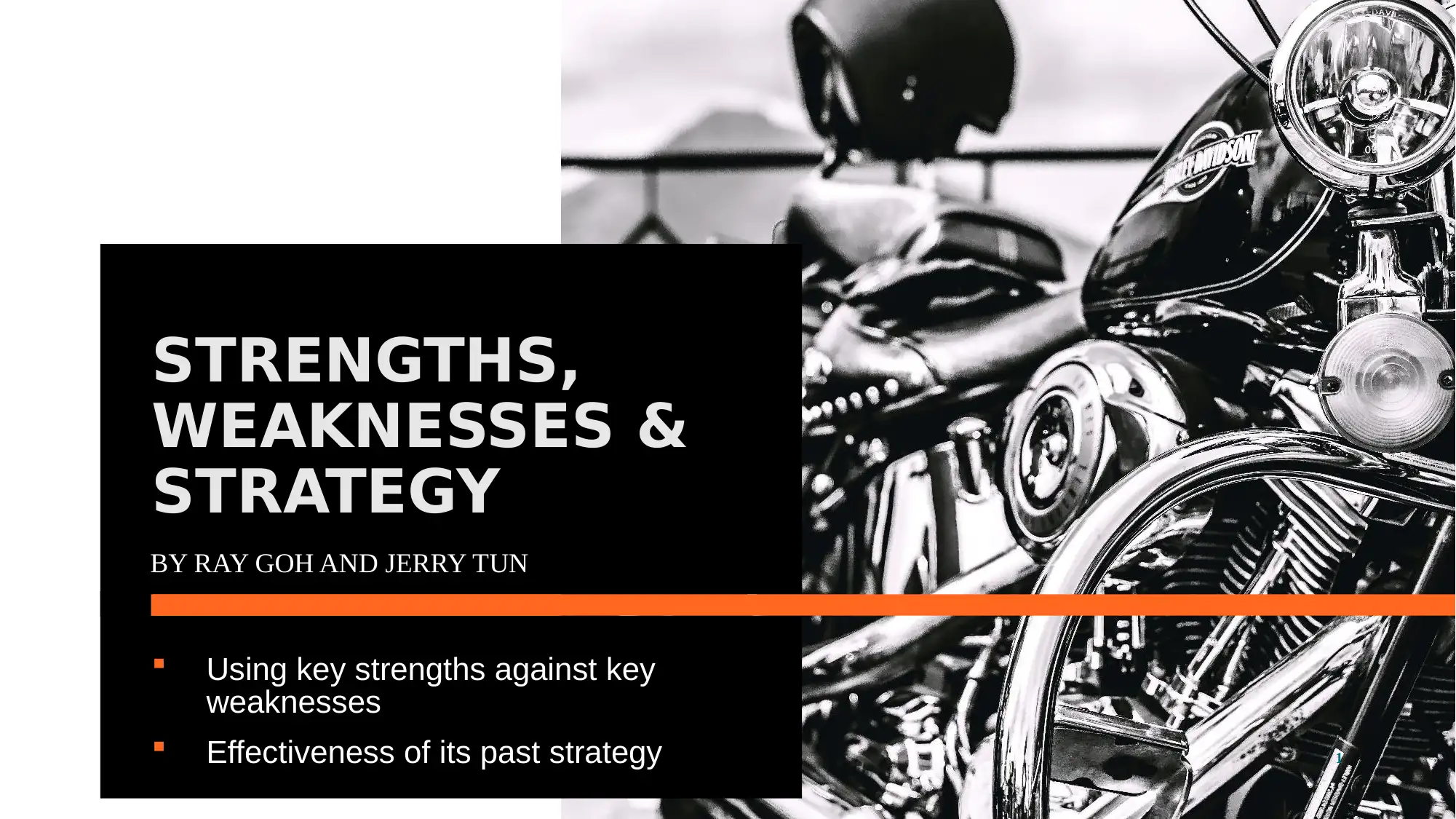
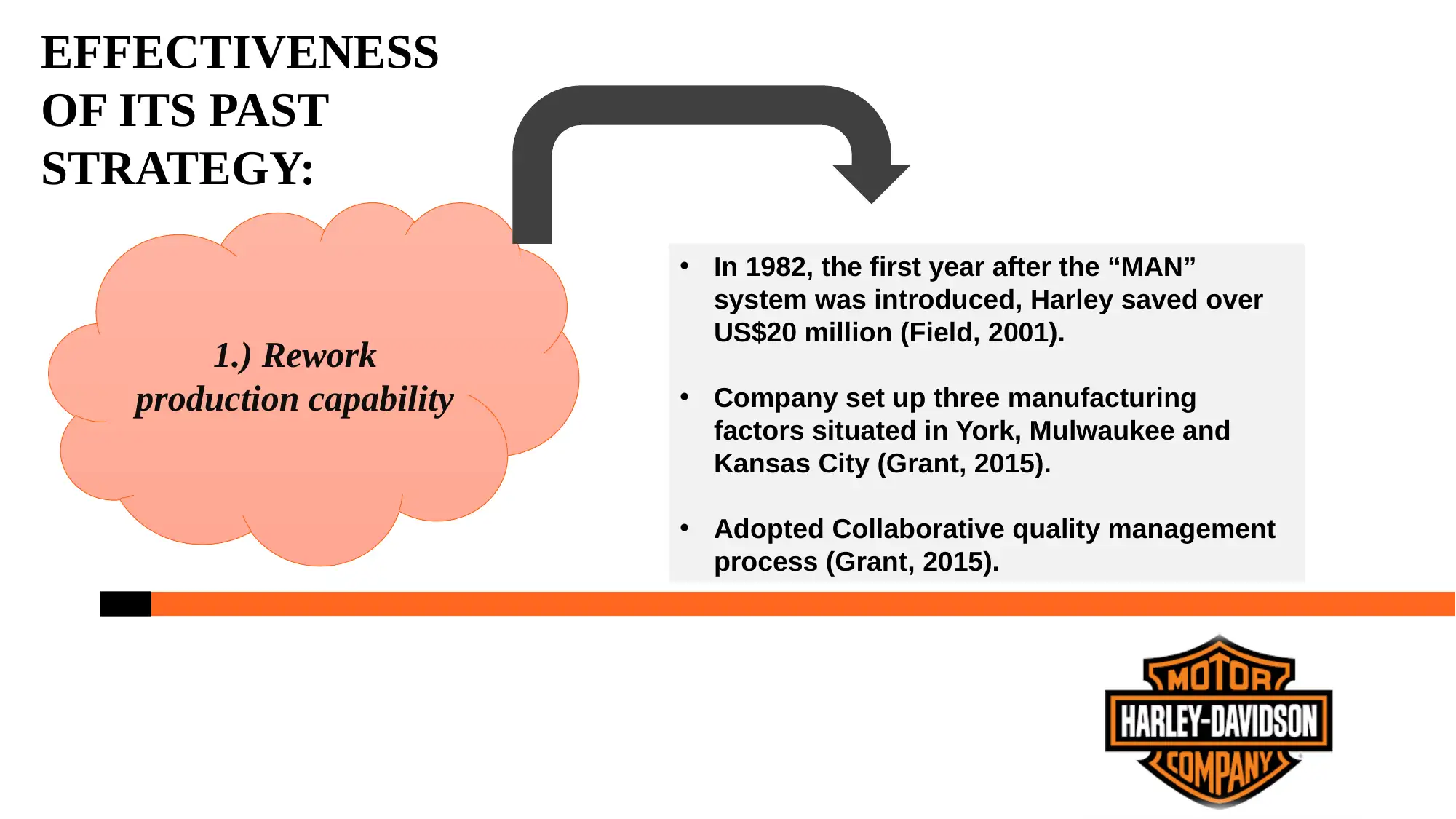
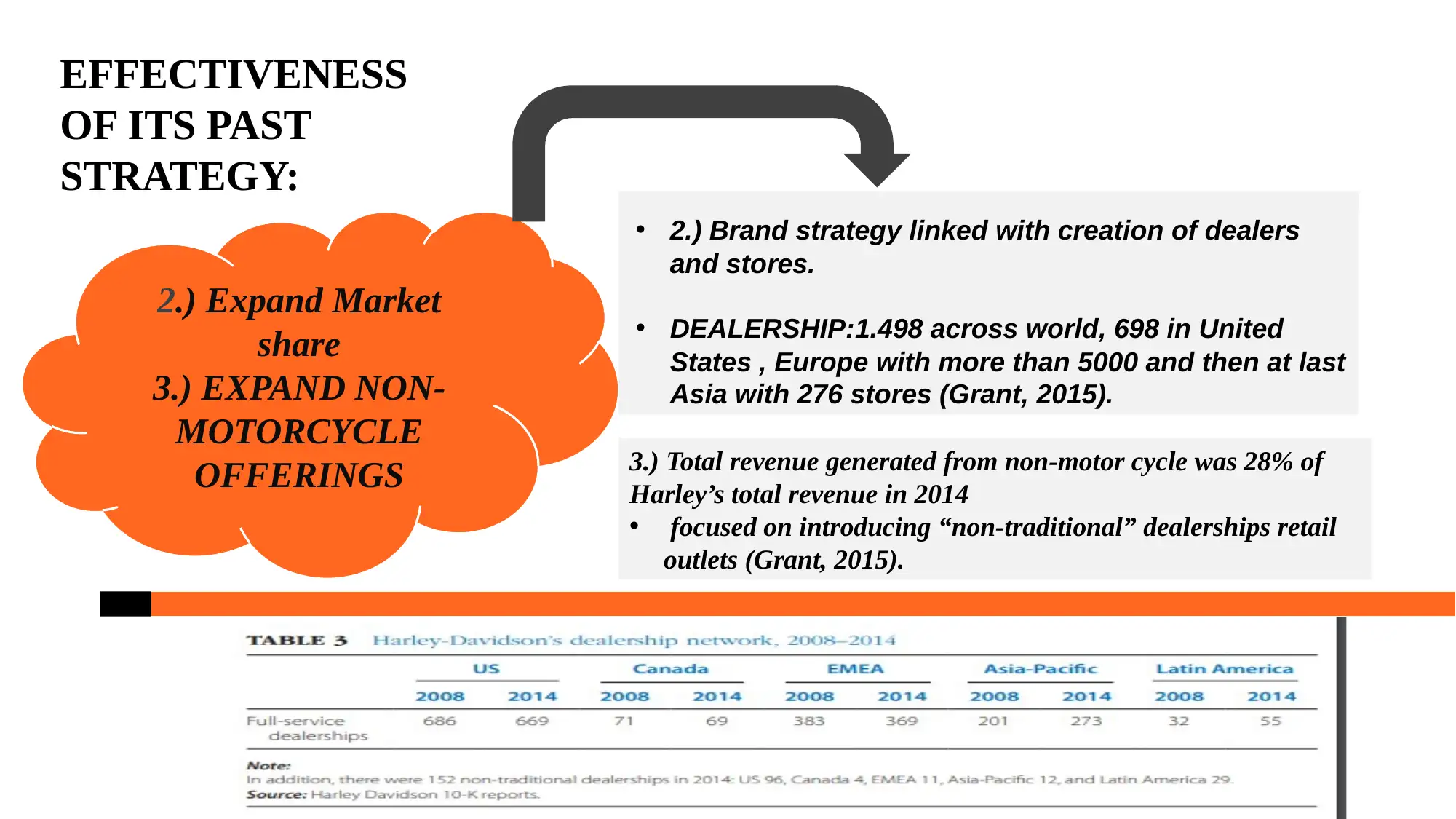

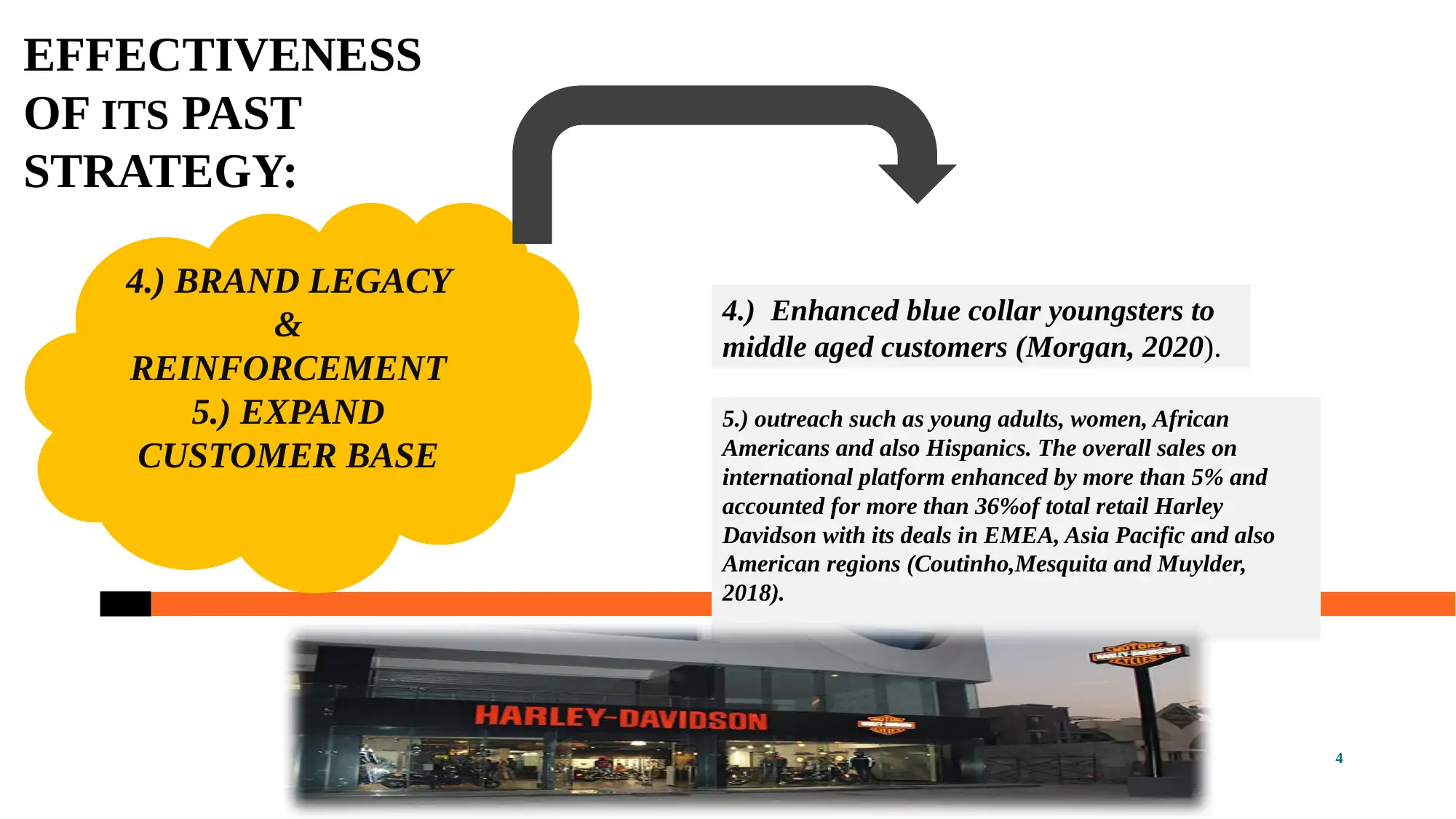
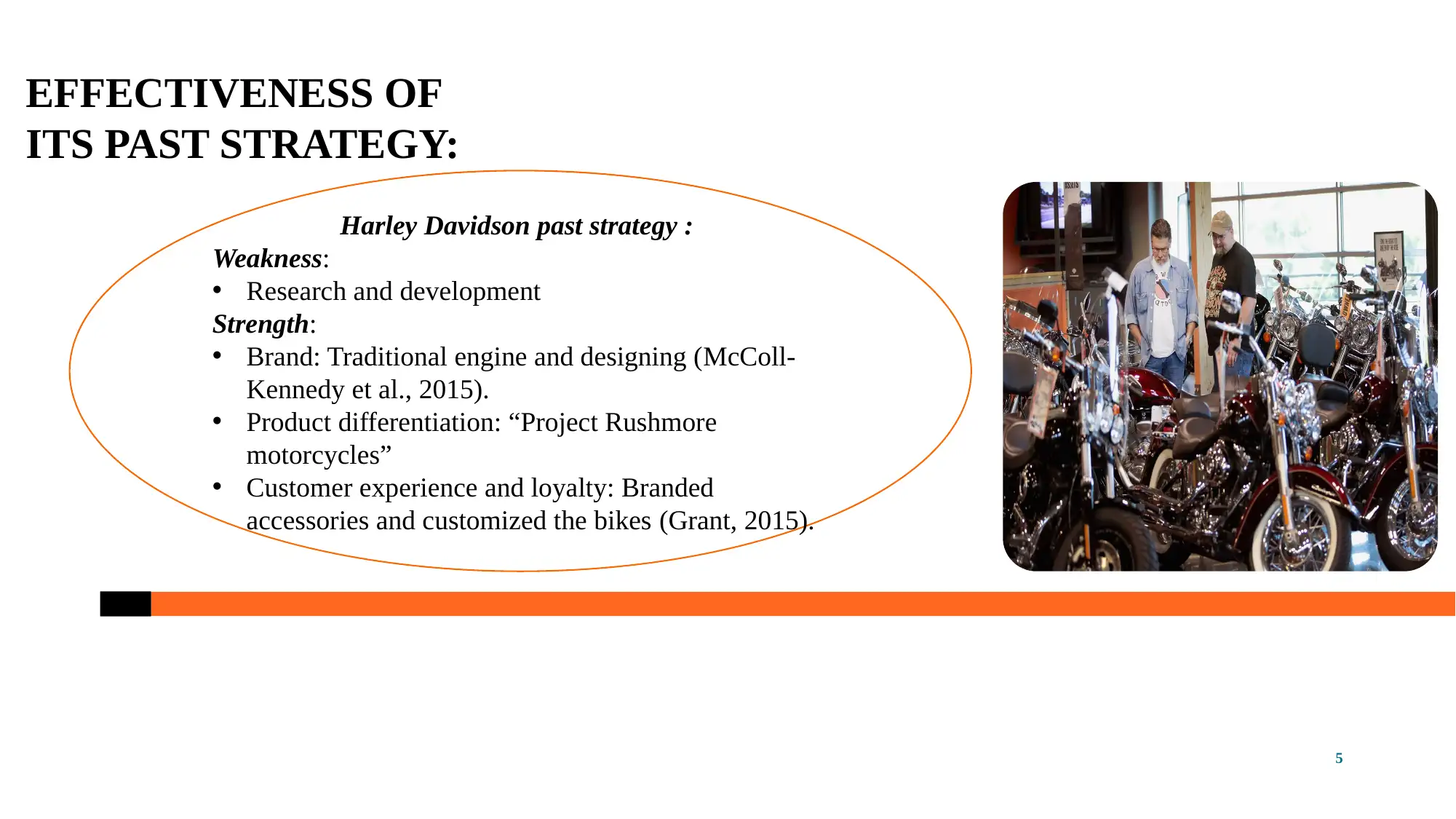
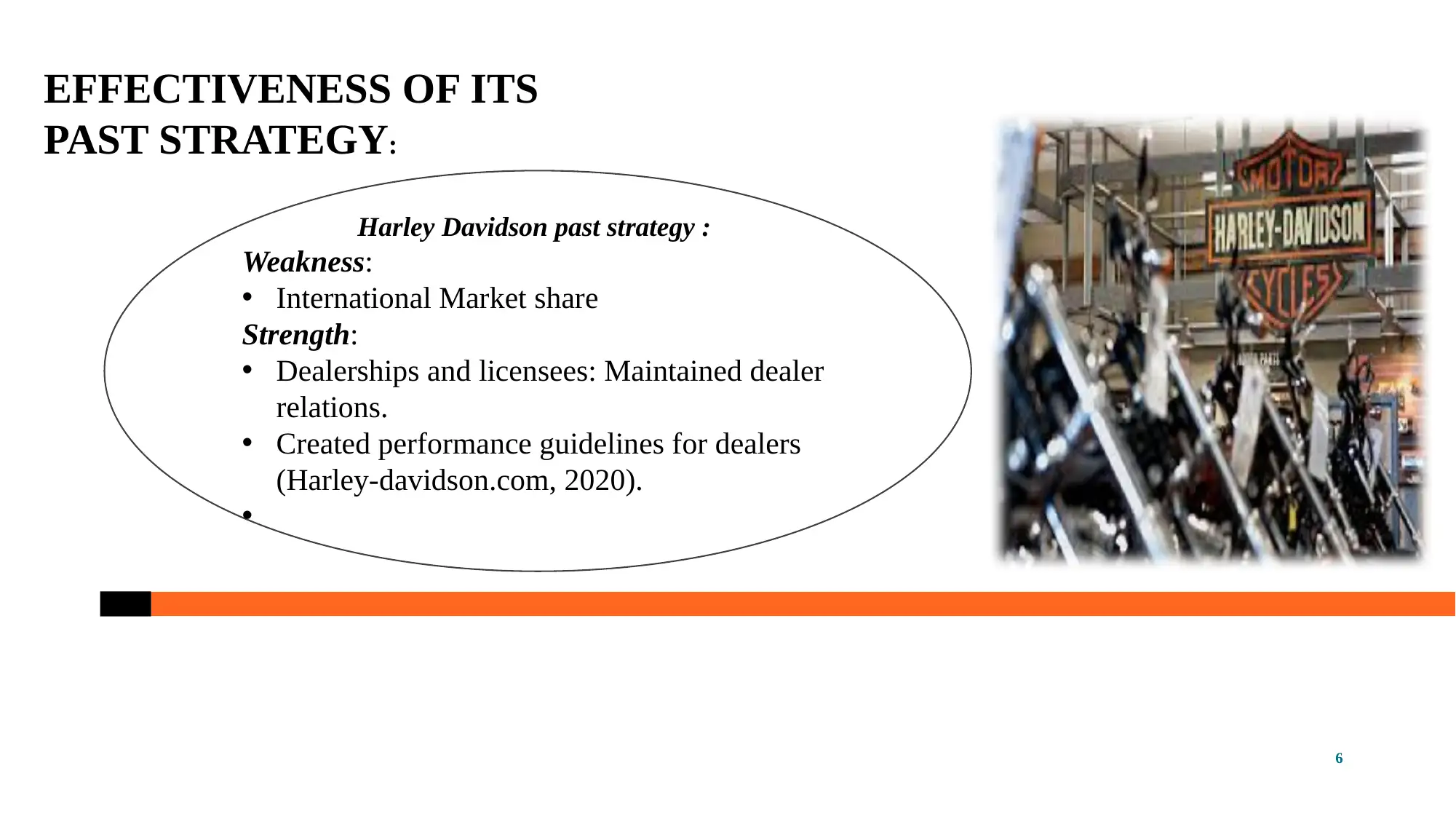
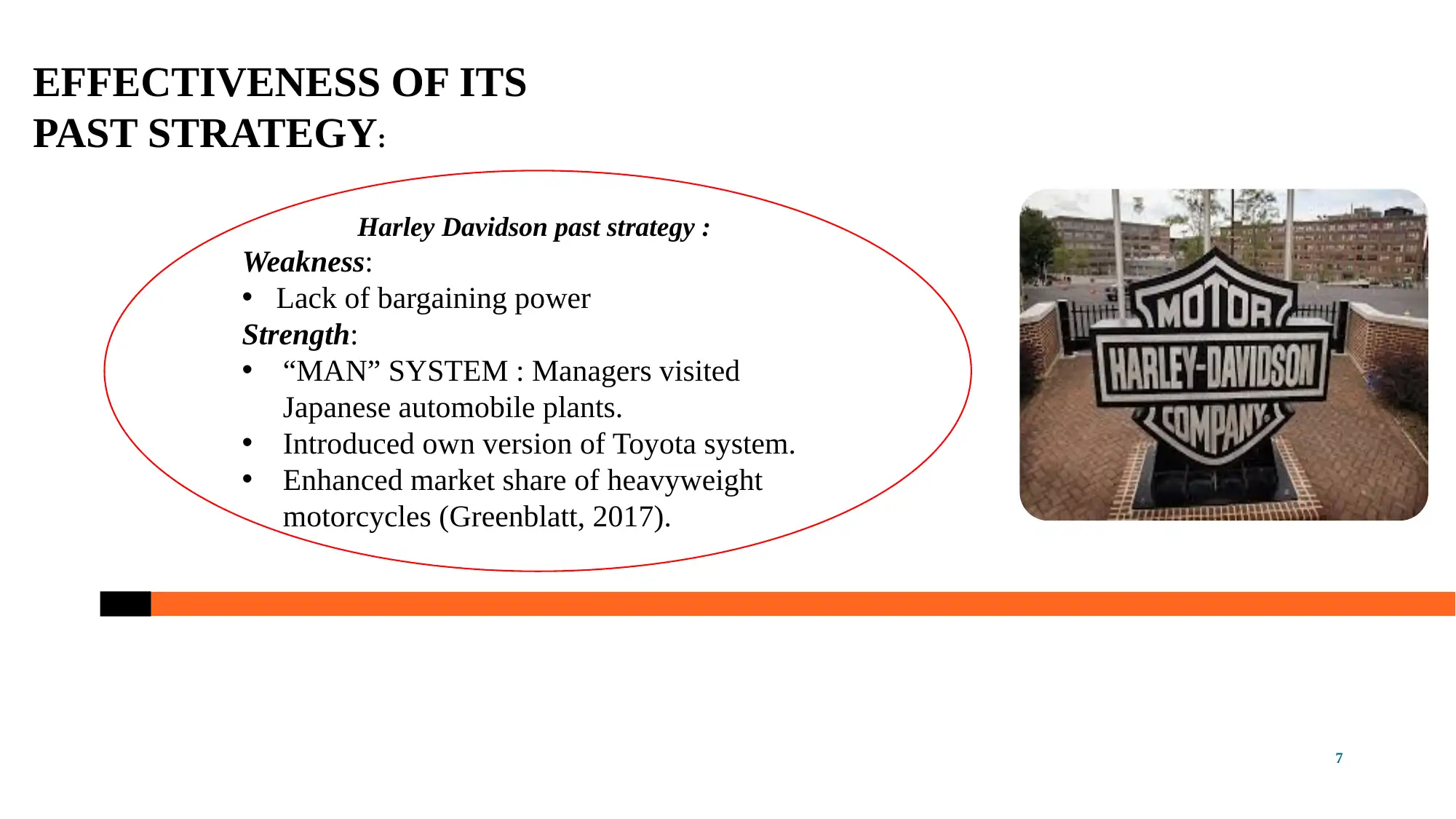
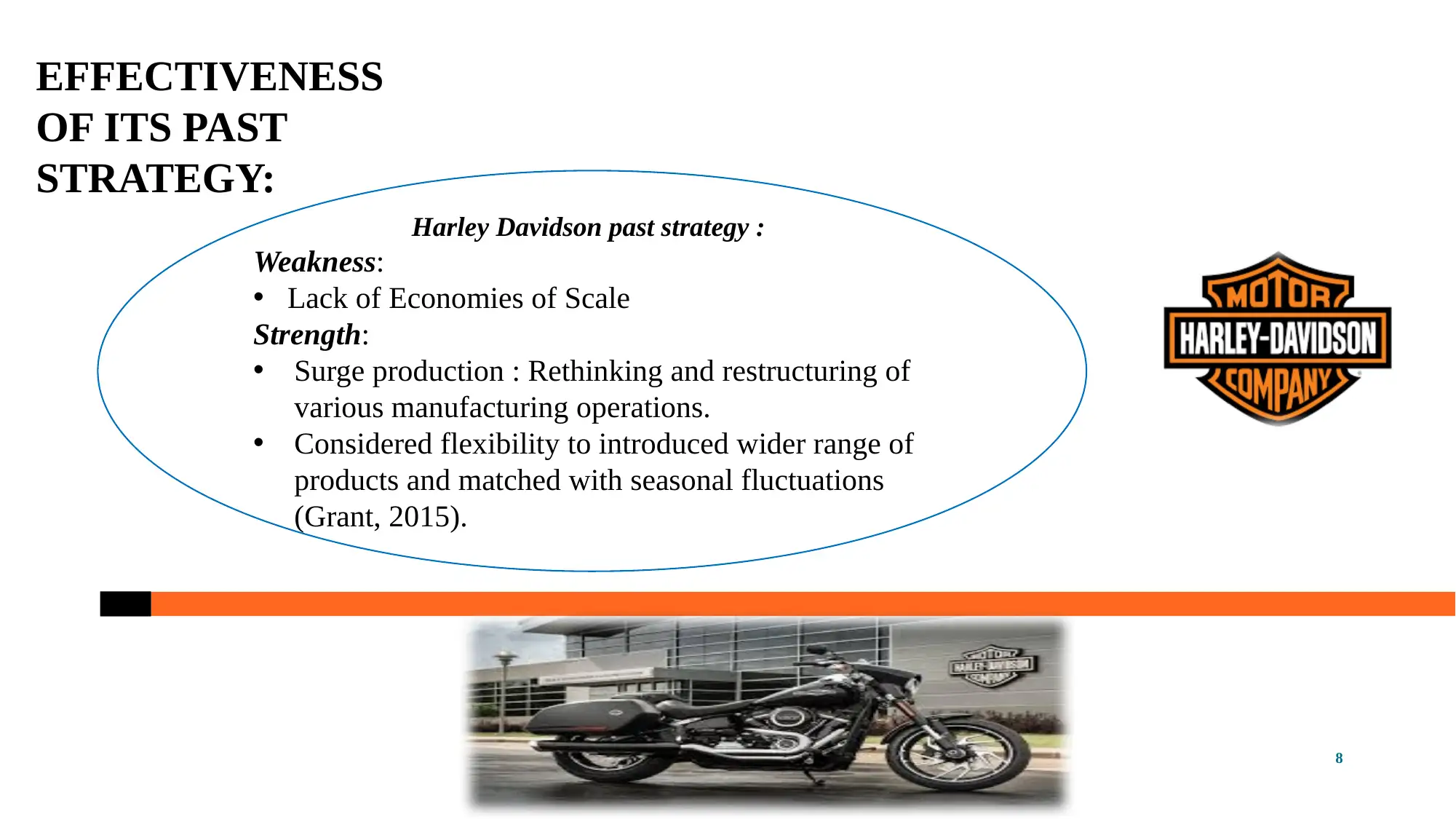
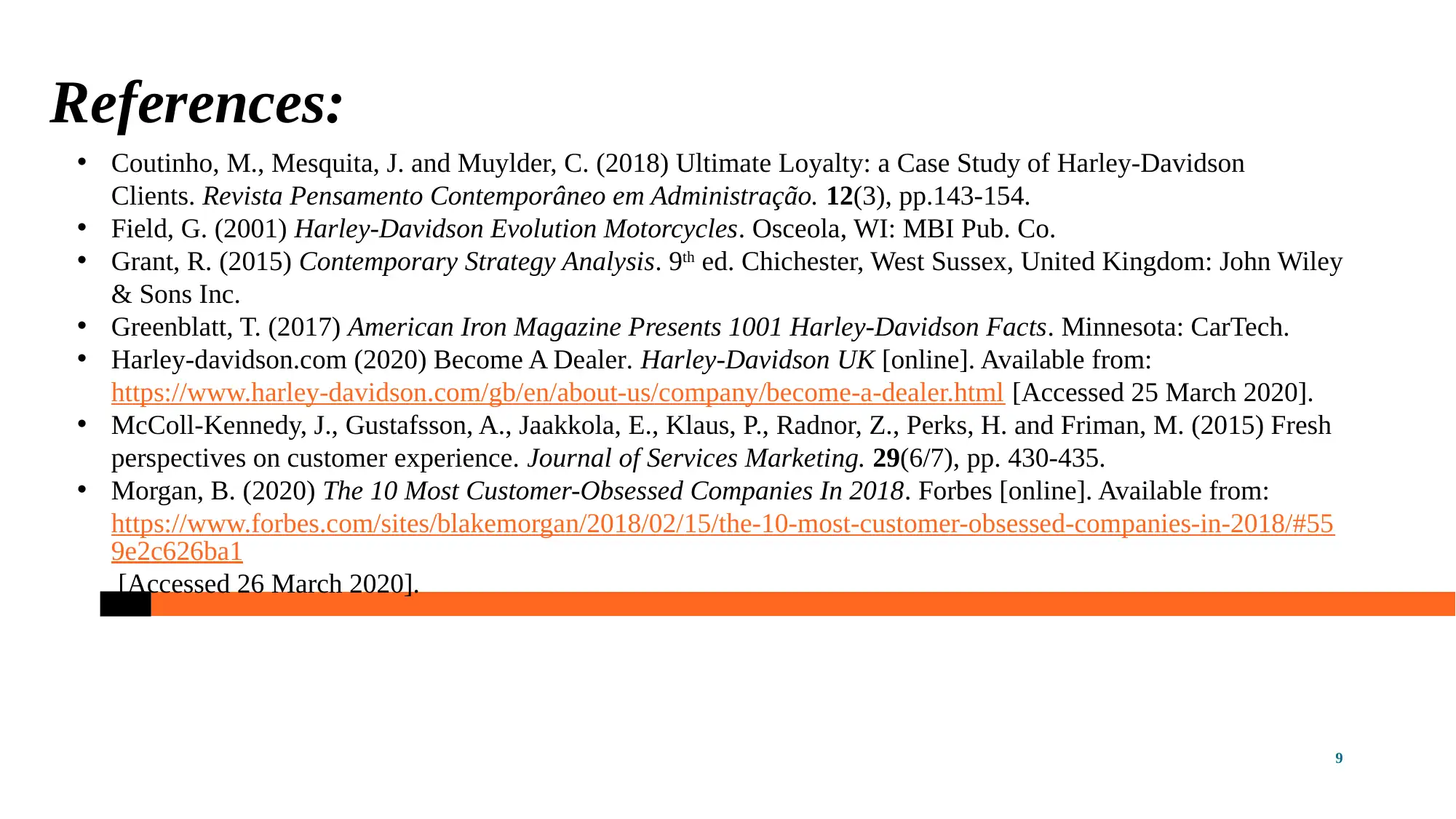

![[object Object]](/_next/static/media/star-bottom.7253800d.svg)